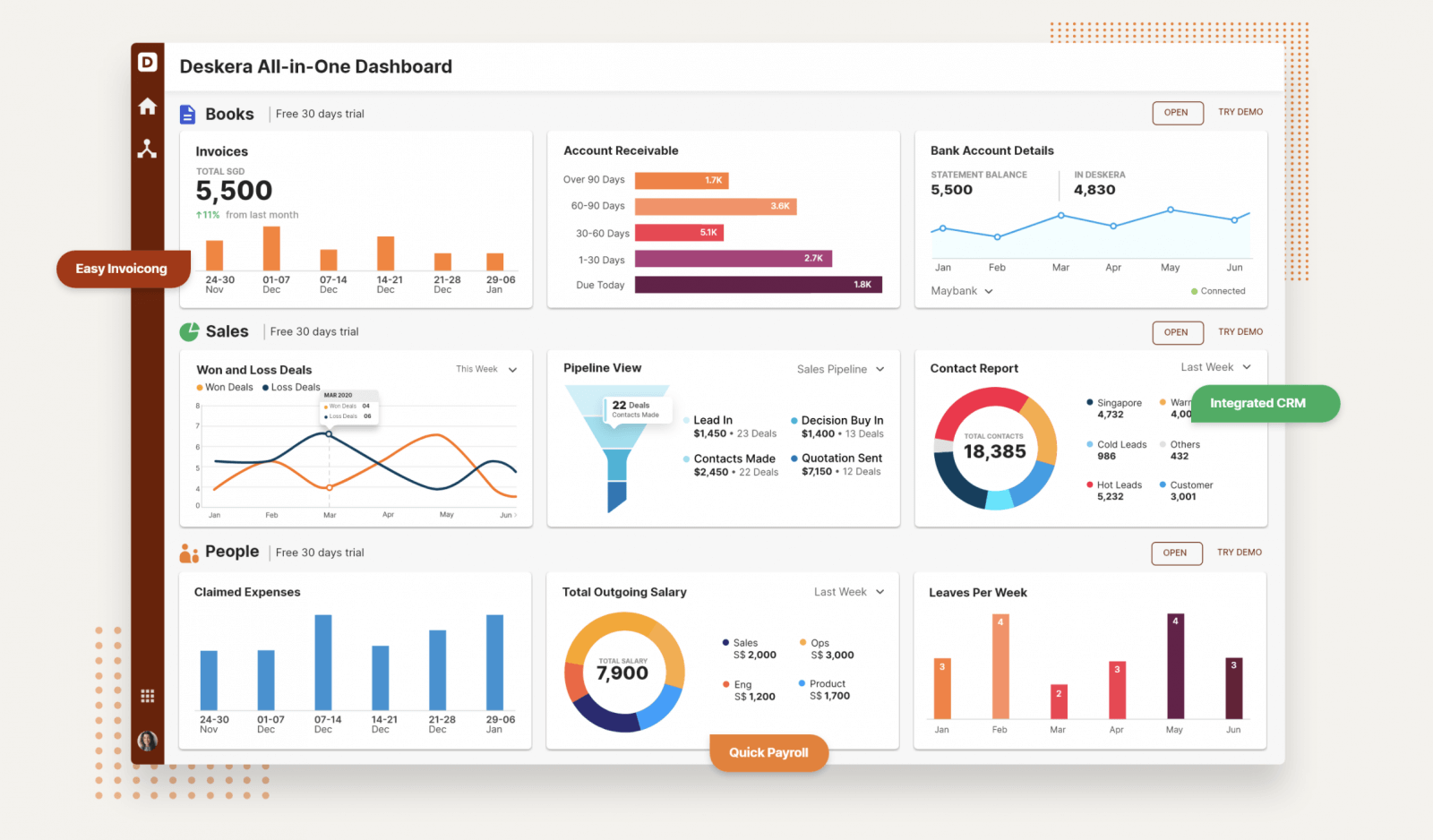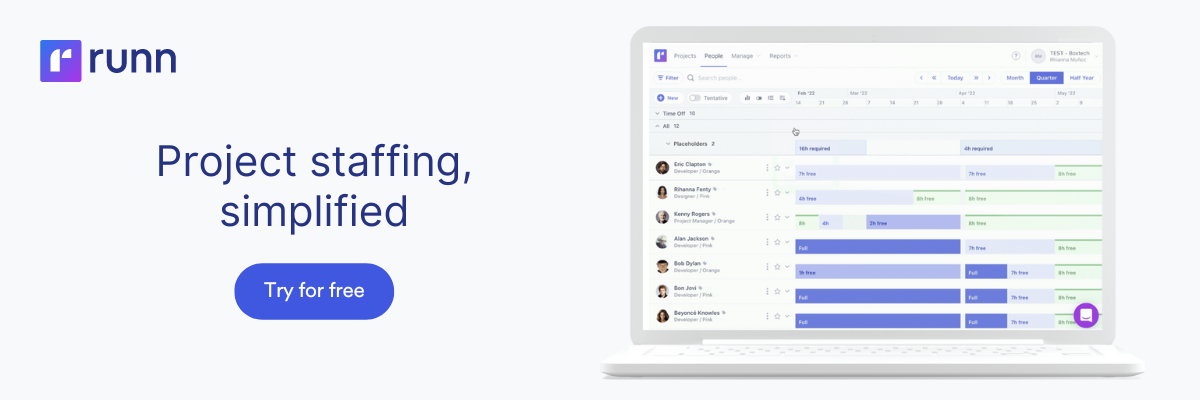Change Your Human Resources Procedures with Staffing Management Software
Change Your Human Resources Procedures with Staffing Management Software
Blog Article
Unleashing the Power of Data: Enhancing HR Methods With Cutting-Edge Staffing Monitoring Software
In the quickly evolving landscape of personnels, the usage of data has become a critical force in shaping organizational success. As companies strive to stay competitive and dexterous, the combination of innovative staffing administration software application sticks out as a transformative tool in improving human resources procedures. By utilizing the power of data analytics, companies can not just improve their recruitment techniques but additionally maximize worker retention and productivity. The harmony between data-driven insights and advanced technology presents an engaging chance for HR specialists to revolutionize their strategy towards talent monitoring.
Significance of Data-Driven Human Resources Techniques
Why have data-driven human resources techniques become important in modern-day company procedures? In today's fast-paced and affordable business setting, organizations are progressively relying upon data-driven insights to make enlightened decisions. Data-driven human resources strategies allow firms to optimize their workforce administration, recruitment procedures, and employee engagement efforts. By assessing data associated to employee performance, turnover prices, and ability gaps, HR departments can recognize trends, anticipate future requirements, and create aggressive solutions to deal with obstacles.
Data-driven HR strategies also play an essential role in improving employee fulfillment and retention. With the analysis of staff member comments, performance evaluations, and training results, HR professionals can tailor specific growth strategies, identify high-potential workers, and promote a culture of continual understanding and development within the organization. Moreover, data-driven insights enable human resources groups to align their strategies with the general organization purposes, making certain that skill administration efforts straight add to organizational success.
Advantages of Staffing Management Software Application
Utilizing staffing monitoring software program streamlines the recruitment and onboarding procedures for human resources divisions, improving effectiveness and accuracy in ability acquisition. One substantial advantage of this software program is the ability to centralize candidate information, making it easily obtainable for recruitment teams. By having all applicant information in one area, HR specialists can efficiently track candidate progression, interact effectively with prospective hires, and make certain a seamless recruitment experience.
In addition, staffing management software program typically consists of features such as resume analyzing and keyword matching, which assist in quickly determining leading candidates that match the job demands. This automation lowers the moment invested on manual resume screening, permitting human resources staff to concentrate on more critical tasks. staffing management software. Additionally, these systems can integrate with task boards and social networks systems, expanding the reach of task posts and bring in a varied swimming pool of prospects
In addition, analytics and reporting tools within staffing administration software program give valuable insights right into recruitment metrics, such as time-to-fill and cost-per-hire. This data-driven approach allows HR teams to make educated decisions, enhance recruitment methods, and improve total working with procedures. By leveraging these benefits, companies can enhance their ability acquisition initiatives, boost prospect experience, and eventually develop a strong workforce.
Enhancing Employment Procedures With Information
By leveraging data, companies can make even more informed decisions throughout the recruitment lifecycle, eventually leading to far better hires and enhanced retention prices. One crucial way information enhances recruitment procedures is by optimizing work postings based on understandings from past successful hires.
Additionally, data analytics can simplify the screening and option process by determining patterns in candidate qualifications and efficiency indicators. This makes it possible for recruiters to focus their initiatives on candidates that are most likely to succeed in the function, conserving time and resources. Furthermore, data-driven recruitment strategies can help in reducing bias in the employing procedure by offering unbiased insights into prospect qualifications and prospective fit within the company. On the whole, integrating information into recruitment procedures encourages organizations to make smarter hiring decisions and build high-performing teams.
Improving Employee Retention Through Modern Technology

One means modern technology can boost staff member retention is through making use of worker engagement platforms. These platforms enable real-time feedback, acknowledgment, and communication between staff members and monitoring, cultivating why not look here a society of recognition and support. In addition, modern technology can make it possible for individualized discovering and development programs customized to private worker demands and career desires, raising task complete satisfaction and loyalty.
In addition, information analytics tools can help companies determine fads and patterns associated with employee turn over, allowing them to take positive measures to resolve prospective issues prior to they escalate. Generally, by leveraging technology properly, organizations can develop a much more engaging and helpful job atmosphere that urges workers to expand and remain within the business.
Making Best Use Of Labor Force Performance With Data

With the analysis of data, human resources divisions can recognize patterns and trends that affect efficiency degrees. For instance, by tracking staff member job hours and project completion rates, organizations can enhance work routines to make sure that jobs are successfully dispersed amongst group participants. Furthermore, data can reveal skill gaps within the workforce, enabling HR to execute targeted training programs that enhance employee capabilities and overall productivity.
Furthermore, data-driven performance evaluations enable supervisors to give details responses and support to workers, cultivating a society of constant enhancement. In general, leveraging data to maximize workforce performance is a critical strategy that equips organizations to achieve their objectives successfully and efficiently.
Conclusion
Finally, using innovative staffing management software program can substantially improve human resources methods by leveraging the power of data. By including data-driven employment procedures, boosting staff member retention with innovation, and making best use of labor force productivity, companies can improve their procedures, make more enlightened decisions, and ultimately attain higher success in handling their human funding. Welcoming these technological innovations is vital in the ever-evolving landscape of human resource management.
Data-driven HR methods make it possible for business to enhance their labor force management, employment procedures, and employee interaction campaigns. By analyzing data associated to worker efficiency, turnover rates, and skill spaces, Human resources divisions can identify trends, anticipate future demands, and create proactive services to attend to obstacles.

Report this page